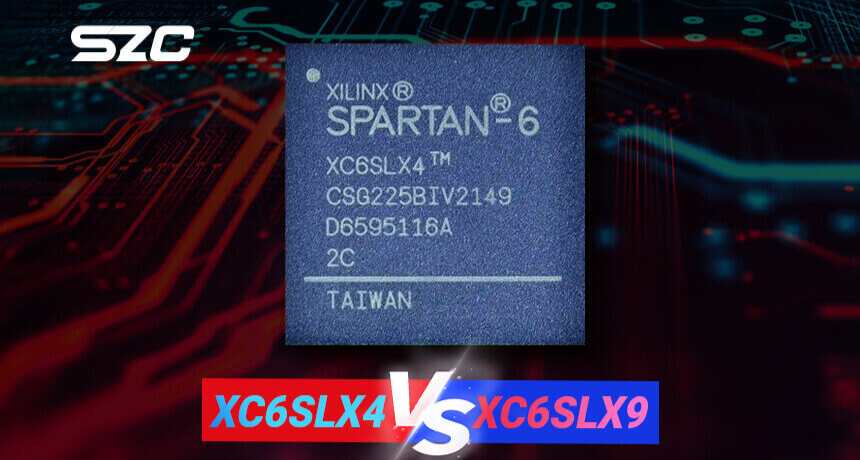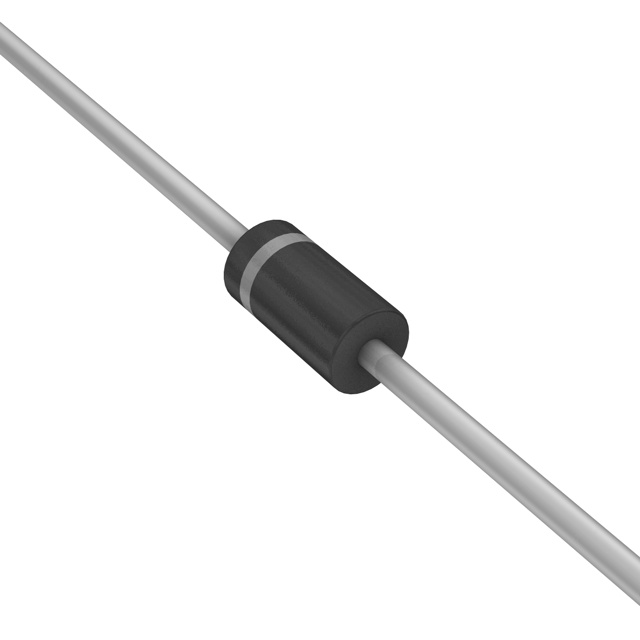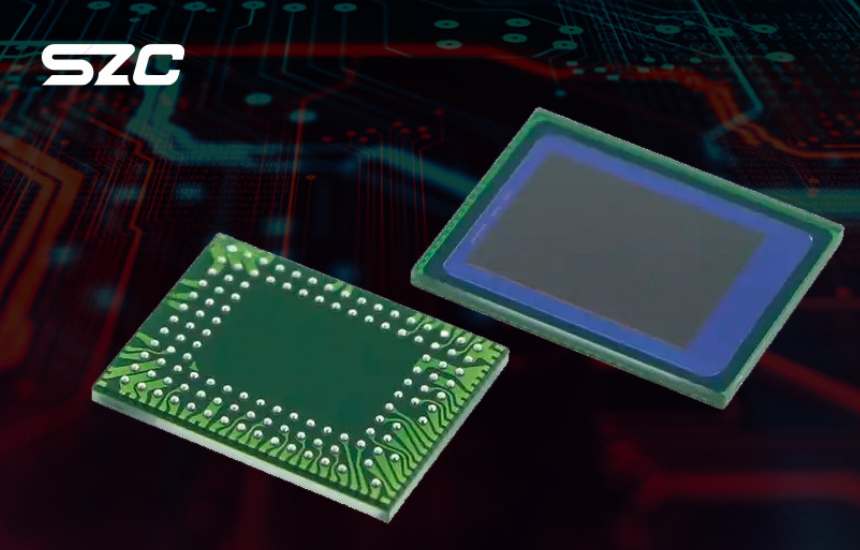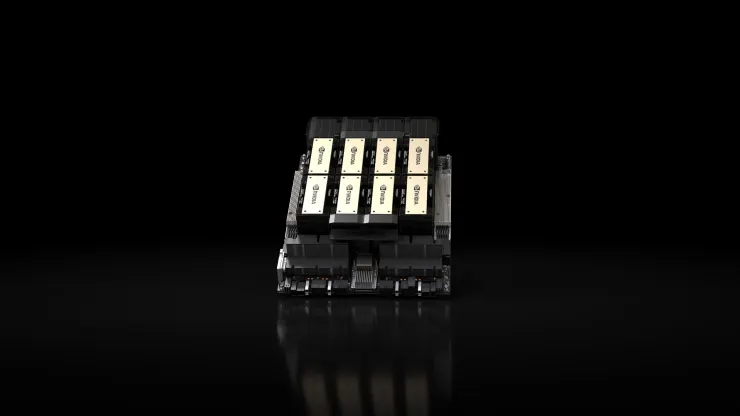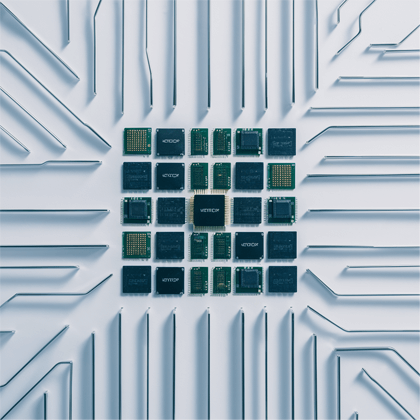
LMS3655PQRNLTQ1














All trademarks are the property of their respective owners.
DescriptionThe LMS3635-Q1 andLMS3655-Q1 synchronous buck regulators are optimized for high performanceapplications, providing an output voltage of 3.3 V, 5 V, or an adjustable output of 1 V to 20 V.Seamless transition between PWM and PFM modes, along with a low quiescent current, ensures highefficiency and superior transient responses at all loads.
Advanced high-speed circuitry allows the LMS3655-Q1to regulate an input of 24 V to an output of 3.3 V at a fixed frequency of 400 kHz while alsoenabling a continuous load current of 5.5 A. An innovative frequency foldback architecture allowsthis device to regulate a 3.3-V output from an input voltage of only 3.5 V. The input voltage canrange up to 36 V, with transient tolerance up to 42 V, easing input surge protection design.
An open-drain reset output, with built-in filtering and delay, provides a true indicationof system status. This feature negates the requirement for an additional supervisory component,saving cost and board space.
Feature
- AEC-Q100 Qualified for AutomotiveApplications
- Device Temperature Grade 1: –40°C to +125°C AmbientOperating Temperature
- Device HBM Classification Level 2
- Device CDM Classification LevelC6
- 96% Peak Efficiency WhileConverting 12 V to 5 V
- Low EMI and Minimized SwitchNode Ringing
- 400-kHz (±10%) Fixed Switching Frequency
- –40°Cto +150°C Junction Temperature Range
- External Frequency Synchronization
- RESET Output With Internal Filter and 3-ms ReleaseTimer
- Automatic Light Load Modefor Improved Efficiency
- Pin-Selectable Forced PWMMode
- Built-In Compensation, Soft Start, Current Limit, ThermalShutdown, and UVLO
- 0.35-V Dropout With 3.5-A Load at 25°C(Typical)
- 18-μA IQ_VIN:Quiescent Current at 3.3 VOUT and No Load (Typical)
- Output Voltage: 5 V, 3.3 V, and ADJ (1 V to 20 V)
- ±1.5% Reference Voltage Tolerance
All trademarks are the property of their respective owners.
DescriptionThe LMS3635-Q1 andLMS3655-Q1 synchronous buck regulators are optimized for high performanceapplications, providing an output voltage of 3.3 V, 5 V, or an adjustable output of 1 V to 20 V.Seamless transition between PWM and PFM modes, along with a low quiescent current, ensures highefficiency and superior transient responses at all loads.
Advanced high-speed circuitry allows the LMS3655-Q1to regulate an input of 24 V to an output of 3.3 V at a fixed frequency of 400 kHz while alsoenabling a continuous load current of 5.5 A. An innovative frequency foldback architecture allowsthis device to regulate a 3.3-V output from an input voltage of only 3.5 V. The input voltage canrange up to 36 V, with transient tolerance up to 42 V, easing input surge protection design.
An open-drain reset output, with built-in filtering and delay, provides a true indicationof system status. This feature negates the requirement for an additional supervisory component,saving cost and board space.
Product Attributes
| TYPE | DESCRIPTION | Select all |
|---|---|---|
| Voltage - Output (Min/Fixed) | 1V | |
| Voltage - Output (Max) | 20V | |
| Package | Bulk | |
| Current - Output | 5.5A | |
| Product Status | Active | |
| Frequency - Switching | 400kHz | |
| Function | Step-Down | |
| Synchronous Rectifier | Yes | |
| Output Configuration | Positive | |
| Operating Temperature | -40°C ~ 150°C (TJ) | |
| Topology | Buck | |
| Mounting Type | Surface Mount, Wettable Flank | |
| Output Type | Adjustable | |
| Package / Case | 22-VFQFN | |
| Number of Outputs | 1 | |
| Supplier Device Package | 22-VQFN-HR (5x4) | |
| Voltage - Input (Min) | 3.5V | |
| Voltage - Input (Max) | 36V |
Price negotiable
Price update:a months ago
Texas Instruments
Texas Instruments Incorporated (TI) is a global semiconductor powerhouse, crafts advanced analog ICs and embedded processors. Fueled by top-tier minds, TI's innovations drive tech's future, impacting 100,000+ clients.
View All Product from Texas InstrumentsPopular Products
Blog
Popular Manufacturers
View all manufactures MorePopular Parts Number
More Electronic Parts More
TPS54336ADDAR
IC REG BUCK ADJUSTABLE 3A 8SOPWR
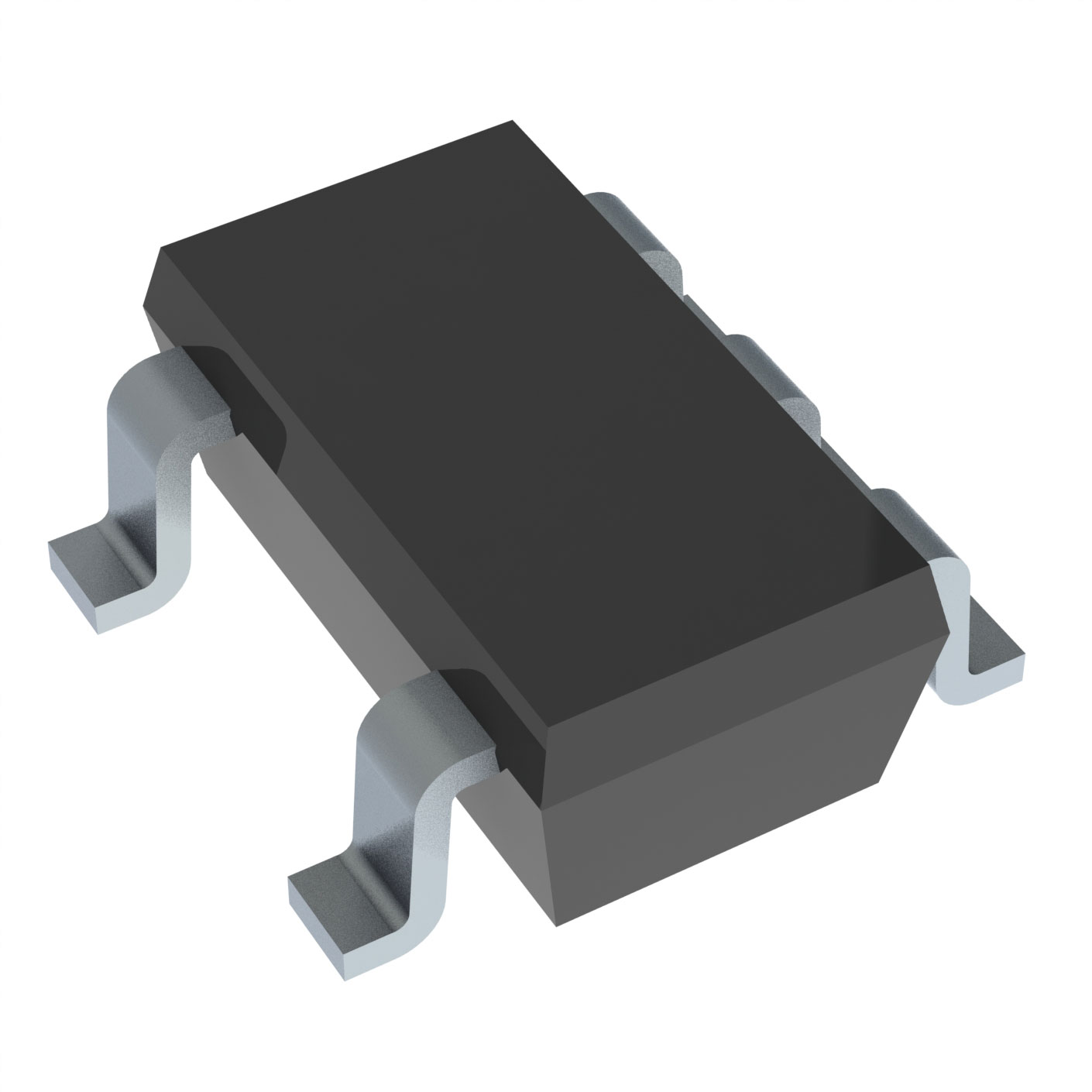
TPS61097-33DBVR
IC REG BOOST 3.3V 200MA SOT23-5
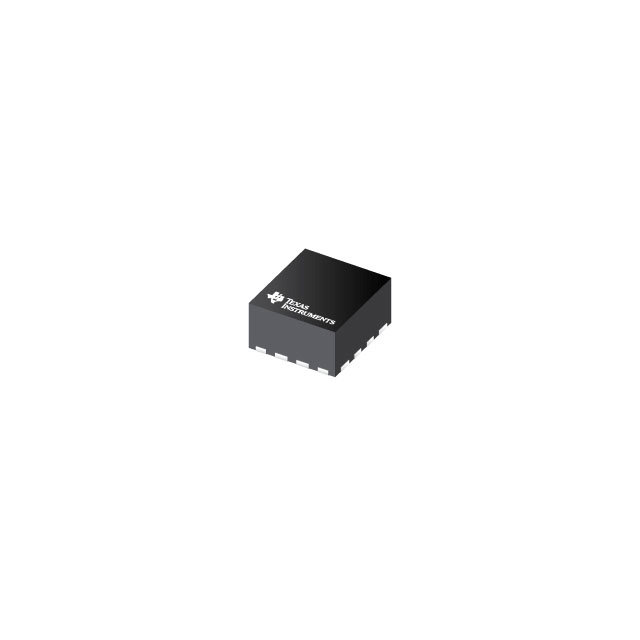
TPS62913RPUR
17-VIN, 3-A LOW NOISE AND LOW RI
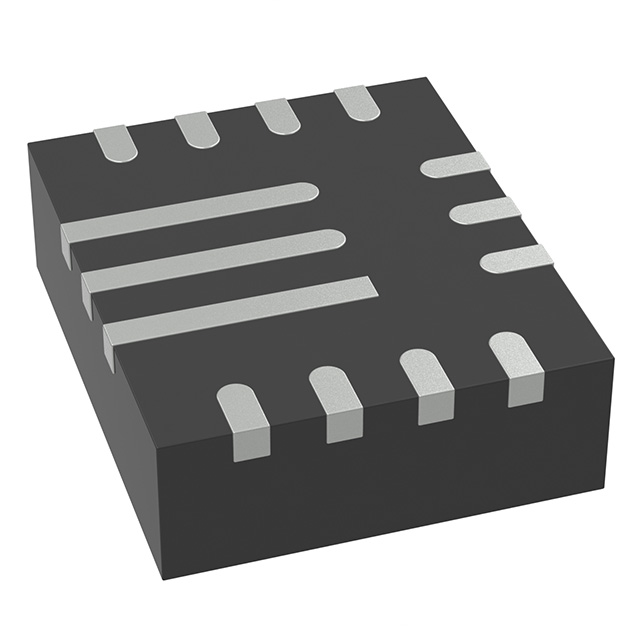
TPS630250RNCT
IC REG BCK BST ADJ 2A/4A 14VQFN
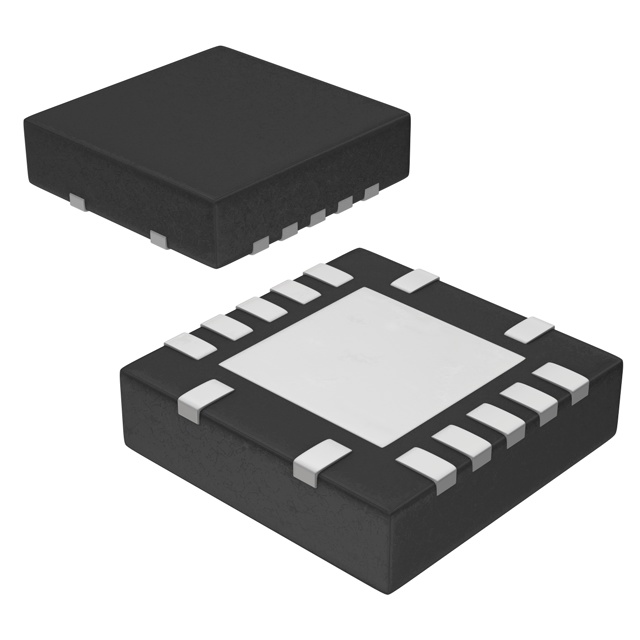
TPS54620RGYR
IC REG BUCK ADJUSTABLE 6A 14VQFN
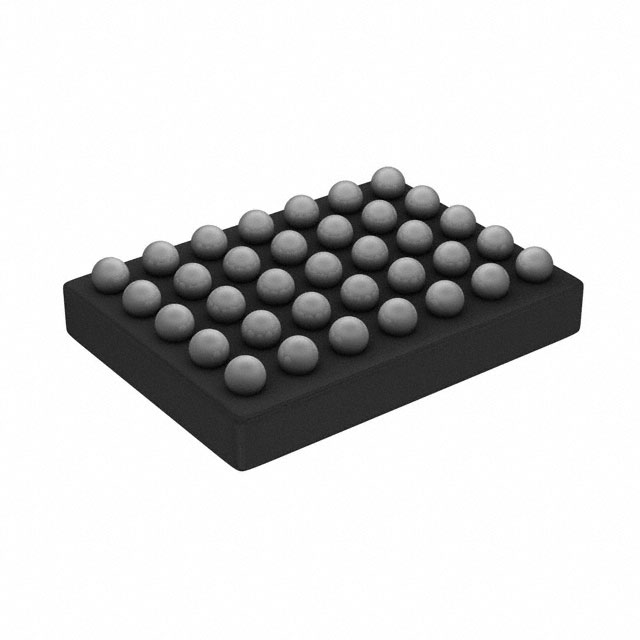
LP8758A1E0YFFR
IC REG BUCK PROG 4A QD 35DSBGA

TPS5430DDA
IC REG BUCK ADJUSTABLE 3A 8SOPWR

LM2676T-5.0/NOPB
IC REG BUCK 5V 3A TO220-7
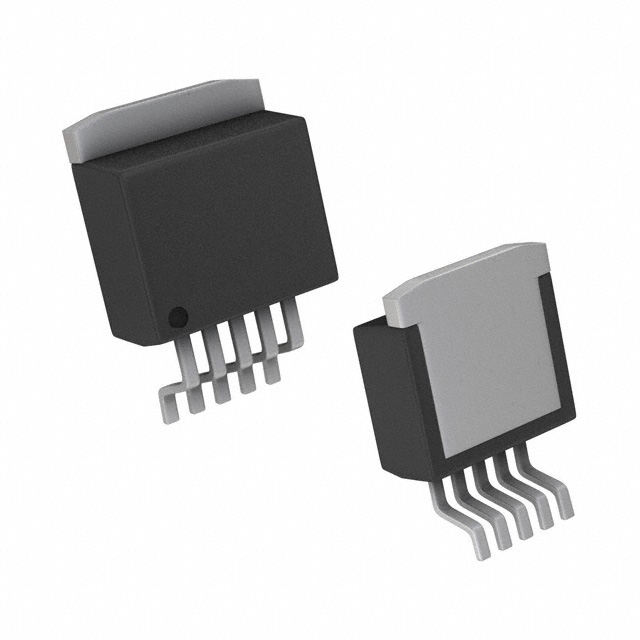
LM2595S-5.0
IC REG BUCK 5V 1A TO263-5

LM2665M6X/NOPB
IC REG CHARGE PUMP 40MA SOT23-6

























